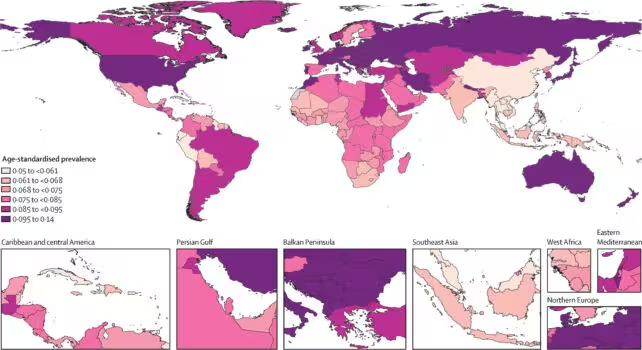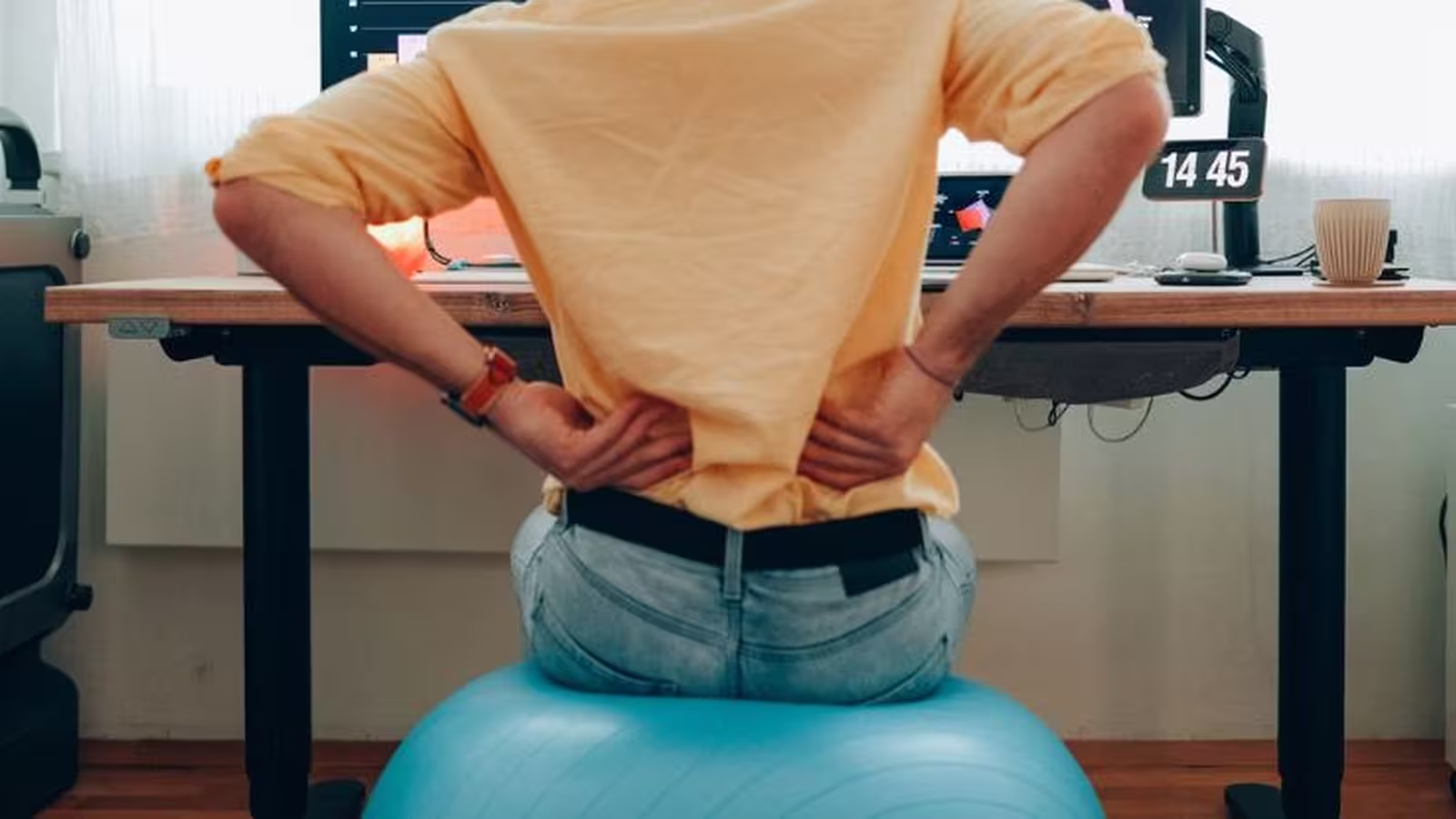3 Minutes
Background: The Global Burden of Chronic Back Pain
Chronic low back pain is among the most prevalent health challenges worldwide, ranking as a major cause of disability and lost productivity. Despite advances in ergonomic design and posture awareness, back pain continues to affect millions, leading to both personal discomfort and substantial societal costs. While clinical guidelines have long recommended regular physical activity to manage back pain, the specific benefits of walking as a preventive measure have only recently come under rigorous scientific scrutiny.
Groundbreaking Norway Study Links Walking Duration to Reduced Back Pain Risk
A comprehensive study led by researchers at the Norwegian University of Science and Technology has now provided compelling evidence that longer daily walks can lower the risk of developing chronic low back pain. Drawing from population-level health data, the team analyzed the walking habits of more than 11,000 Norwegian adults over several years.
Participants wore accelerometers on their right thigh and lower back for a full week, enabling precise measurement not only of their daily walking time but also their speed and intensity. 'Chronic' low back pain was defined as discomfort persisting for longer than three months.
Key Findings: Minutes Matter More Than Speed
Results revealed that individuals walking on average between 78 and 100 minutes per day reduced their risk of experiencing chronic back pain by 13%, compared to those walking less than 78 minutes a day. For those exceeding 100 minutes daily, the reduction in risk soared to 23%. While higher walking intensity showed some additional benefits, the volume of walking—the accumulated time spent moving—was a more powerful predictor of lower back pain prevention.
"Our findings suggest that daily walking volume is more important than mean walking intensity in reducing the risk of chronic lower back pain," noted lead author Rayane Haddadj and colleagues. This suggests that simply increasing the time spent walking, even at a gentle pace, may offer meaningful protection against persistent back pain.

Public Health Implications and the Need for Movement
These findings have wide-reaching implications in today's largely sedentary society, where long hours of desk work and reduced daily activity contribute to rising rates of musculoskeletal problems. The authors argue that public health campaigns and guidelines should prioritize walking as an accessible, low-cost, and effective strategy for both preventing and managing chronic back pain.
Walking is already recognized for its broad health benefits—helping with weight control, cardiovascular health, mental acuity, creativity, and even cancer risk reduction. This new evidence builds on that foundation, positioning walking as a potentially underutilized intervention for back health specifically.
Expert Perspectives and Future Directions
Though the connection between walking and chronic low back pain prevention has only recently gained research focus, the current data provide important directions for future studies. The Norwegian team suggests further research to refine how walking frequency, duration, and individual characteristics interact to yield optimal outcomes.
As health scientist Rayane Haddadj states, "Policies and public health strategies promoting walking could help to reduce the occurrence of chronic lower back pain." With chronic back issues remaining stubbornly persistent globally, harnessing the simple act of walking could be a transformative, scalable solution.
Conclusion
In summary, accumulating evidence from large-scale, population-based studies indicates that increasing daily walking duration—ideally to more than 78 minutes per day—can substantially lower the risk of developing chronic low back pain. These insights reinforce the notion, echoed since Hippocrates, that movement is a fundamental component of human health. For individuals and health policymakers alike, encouraging routine walking may be one of the simplest, yet most effective, strategies in combating the global epidemic of back pain.
Source: jamanetwork



Comments